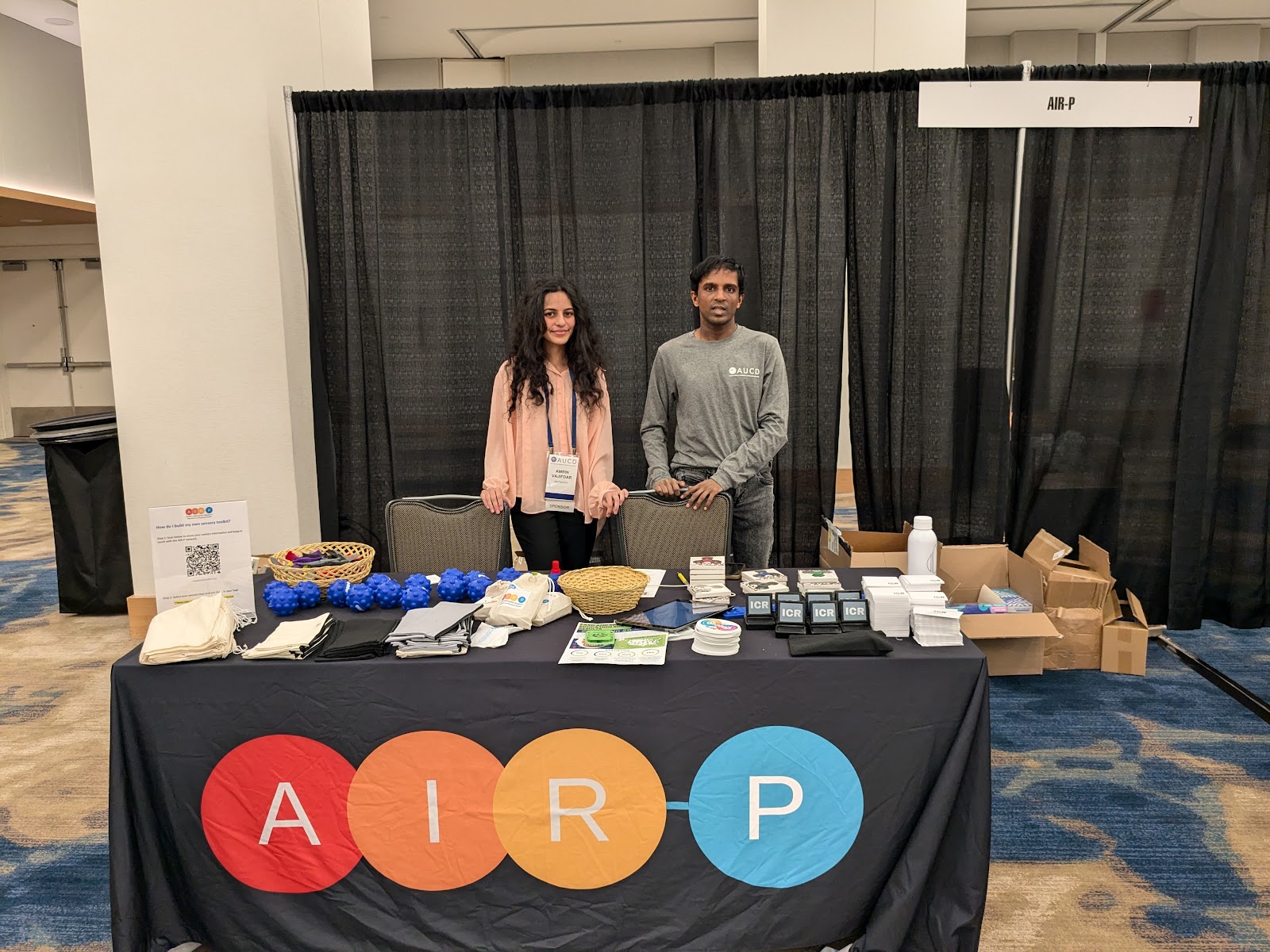Disability and Multilingualism
Genetic Differences Between Autism and ADHD—and Why It Matters
Genetic Differences Between Autism and ADHD—and Why It Matters
On the surface, autism and ADHD might look like they share some overlapping behaviors, especially in areas like attention and impulsivity. But beneath those similarities, the genetic research on each reveals fundamental differences. And with more people receiving both diagnoses (often called AuDHD), genetic research is starting to explore how these conditions interact in the same person.
Exclusion of those with more complex needs
"Key concerns.... oversimplification of needs and the potential exclusion of those with more complex challenges when focusing solely on strengths and well-being. This approach risks neglecting the intricate support required by many on the spectrum. " - Hari Srinivasan
Why is 108 scientifically and mathematically special
- Astrophysical Significance: In astronomy, the average distance between the Earth and Sun is about 108 times the diameter of the Sun. Similarly, the average distance between the Earth and the Moon is about 108 times the Moon’s diameter. This coincidence has intrigued scientists, as it means the Sun and Moon appear roughly the same size in the sky, allowing for the phenomenon of total solar eclipses.
- Harshad Number Charm: In number theory, 108 is a Harshad number, meaning it’s divisible by the sum of its digits (1 + 0 + 8 = 9), making it "harmonic" in certain mathematical operations. Harshad numbers are used in digital root and modular arithmetic, which simplifies calculations in areas from coding to cryptography.'
- Fibonacci and Spirals: The sum of the first 12 Fibonacci numbers is exactly 108, connecting it to the Fibonacci sequence, which appears in natural patterns like spirals in shells, hurricanes, and galaxies. This gives 108 a presence in some of the most visually and mathematically profound patterns in the universe.
- Tetrahedral and Centered Figures: 108 is a tetrahedral number, representing a 3D shape with triangular faces. Imagine stacking spheres in a pyramid with a triangular base; 108 is the total number of spheres in a four-layer pyramid. This concept ties into molecular structures and 3D modeling.
- Geometry and Symmetry: 108 degrees is the internal angle of a regular pentagon, meaning it’s a foundational angle in geometry tied to fivefold symmetry. Pentagonal symmetry is rare in nature and geometry, often appearing in atomic structures and biological formations like flowers and certain viruses.
Social Capital
Autism Lexicon: Social Capital
Social capital is the value derived from social networks, relationships, and community trust that enable cooperation and support. In autism, building social capital can be challenging due to differences in communication and social interactions, but it is crucial for fostering inclusion and improving quality of life... Read More....
Caught Between Tears and Stoicism














